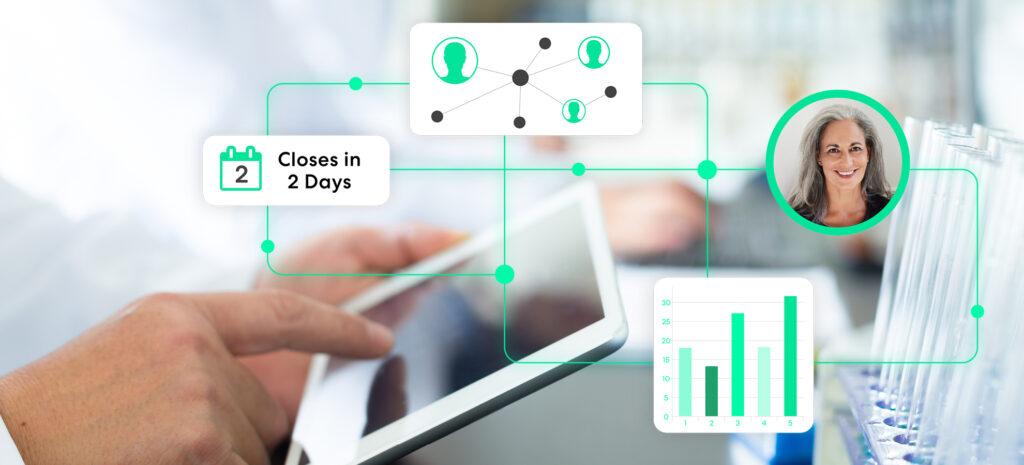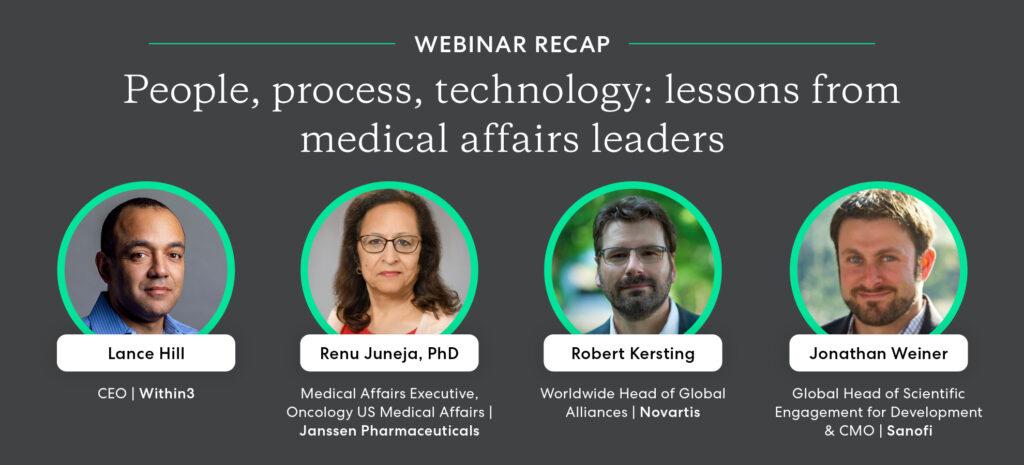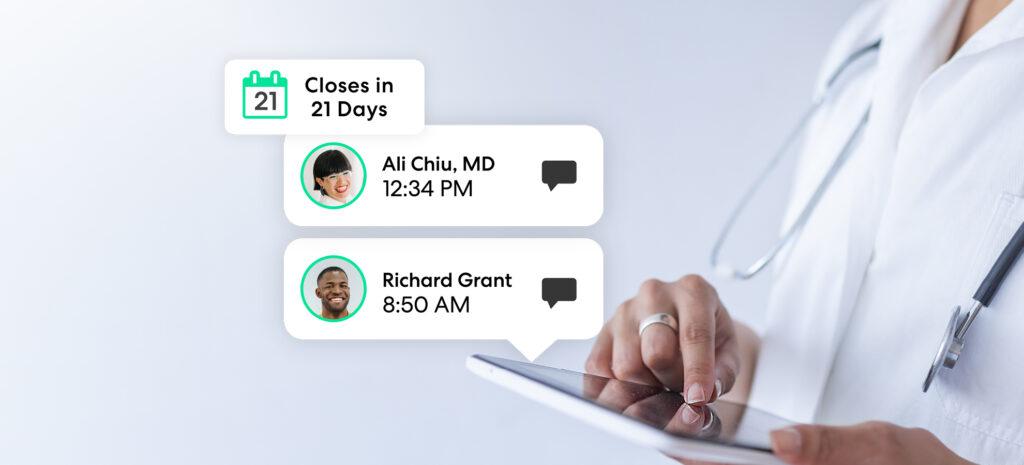Article updated May 2023.
Research and development (R&D) in the pharmaceutical industry is the key driver in developing and pushing new medical advances to market. Life science organizations invest billions of dollars yearly in R&D, a figure that’s exploded over the past few years due to the pandemic.
The average cost to develop a new drug successfully is estimated to be more than $2 billion. But there’s a big payback: a new medicine or therapy that can potentially improve or even save lives. Investment in R&D can also improve the population’s overall health and save money by reducing hospitalizations and operating costs in the health sector. And of course, this critical function helps companies innovate and realize growth potential.
Not all drugs make it to market from phase 1 clinical trials – in fact, fewer than 10% reach this milestone – or even progress to trials at all, but the expenditure pays for itself. Research shows that the pharmaceutical industry recorded nearly $1.25 trillion in global sales in 2020, about 45% of that from North America.
Now, pharma R&D trends such as insights management and virtual engagement are impacting how this important function will innovate and change in the future. Life science organizations are embracing digital transformation, using virtual tools, and leveraging pharma R&D analytics to accelerate timelines and make the development process more efficient.
We can help you build an insights management strategy that makes sense.
What is the role of research and development in the pharmaceutical industry?
How does clinical research work? The pharma R&D process is simply the series of activities targeted to reach the goal of discovering and delivering new medical drugs, devices, or therapies to market.
Very basically, R&D in the pharma industry involves:
- Pre-clinical research and discovery of innovative drugs
- Clinical testing of prescription drugs in trials
- Preparation and submission of applications for Food and Drug Administration or FDA approval
- Designing production processes for the new product
- Clinical testing of a new drug against an existing drug to ultimately show the new product’s superior benefits
- Additional clinical trials after a new drug reaches the market, for safety monitoring and detection of additional side effects that may not have been observed in earlier trials during development
- Line extensions, or innovations and improvements for existing prescription drugs, which include developing new dosages and delivery systems and testing for additional potential uses
These vary from one pharma company to another; small and large firms focus on different activities within this group.
How do insights management and virtual engagement help the R&D process?
The most effective developmental journey of a new drug or medical device requires accurate, timely clinical and business insights at every turn. Without them, the R&D process can suffer from what’s known as the life science insight gap, which costs pharmaceutical companies billions of dollars and years of wasted time.
Among the challenges exacerbated by the COVID-19 pandemic were existing problems with traditional virtual meetings, one-off affairs with uncertain attendance, and unpredictable participation. Critical information isn’t efficiently collected, used, or shared. The insight gap has challenged R&D teams to find new ways to communicate through virtual engagement that actually deliver results.
Using Within3’s insights management platform, R&D teams are able to:
- Shorten timelines. Convenient asynchronous sessions, sometimes held in conjunction with live webcasts, are held over days or weeks to encourage full attendance and participation. No more wasted time scheduling individual sessions, with spotty participation or a few vocal personalities dominating proceedings. More data points are gathered as more feedback and new ideas are shared.
- Stay abreast of the latest news. Increased engagement drives more up-to-date reactions to fresh data on scientific trends and research.
- Identify the right experts during the development process. Identifying and selecting the right people – including emerging experts and not just the usual list – to help you avoid the insight gap and give you fresh insights needed to drive results.
To learn more about how pharmaceutical organizations can get started with insights management, download our white paper “Best Practice Guide: Transforming Insights into Business Value.”






